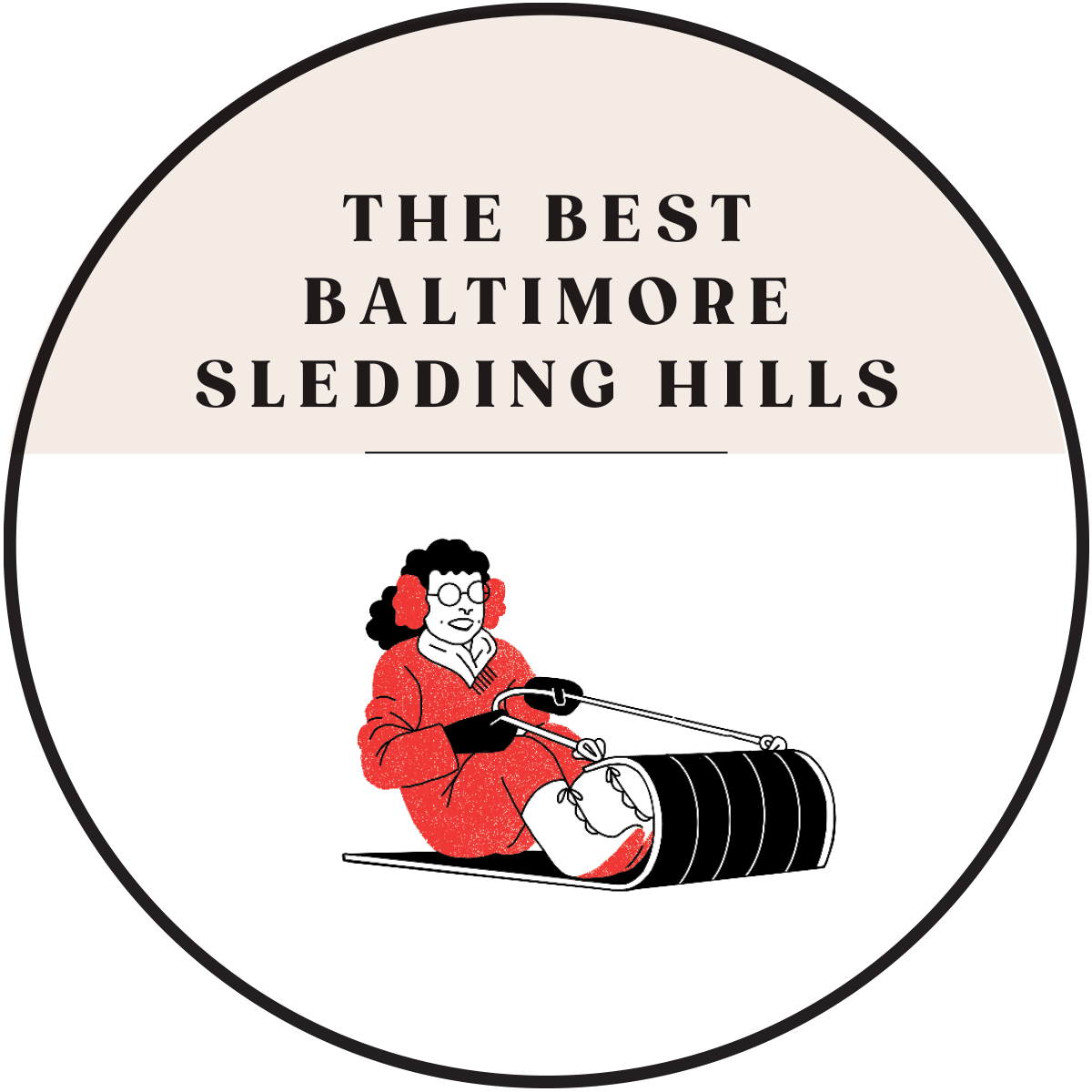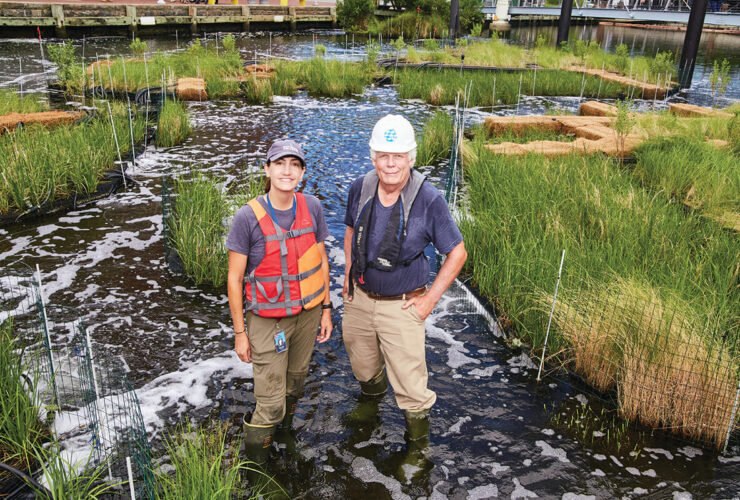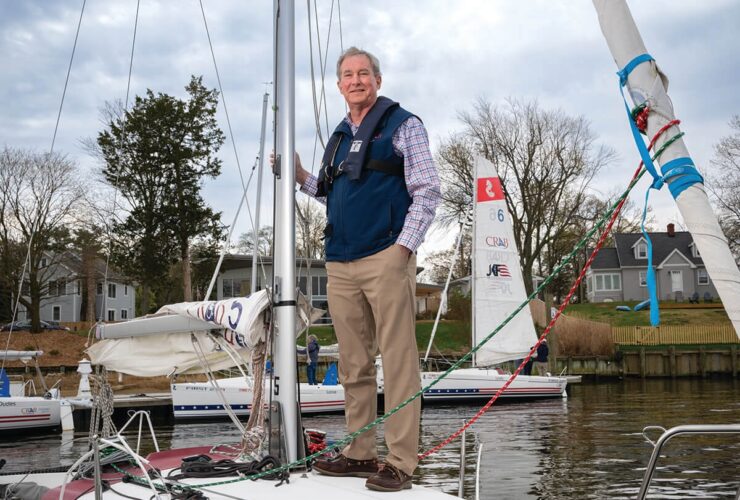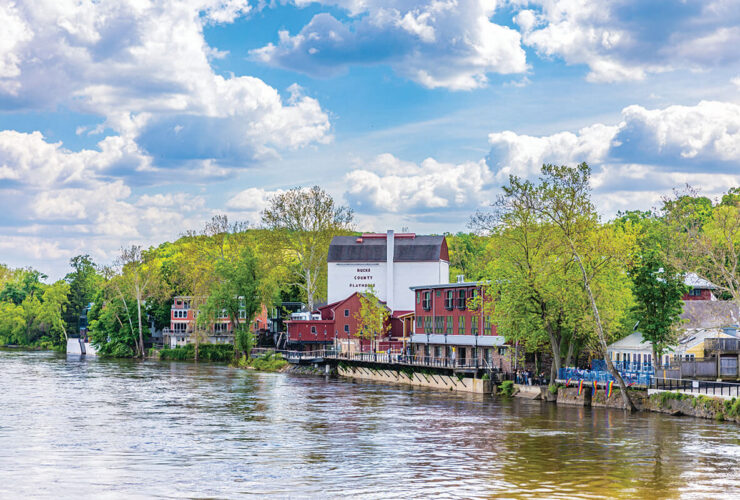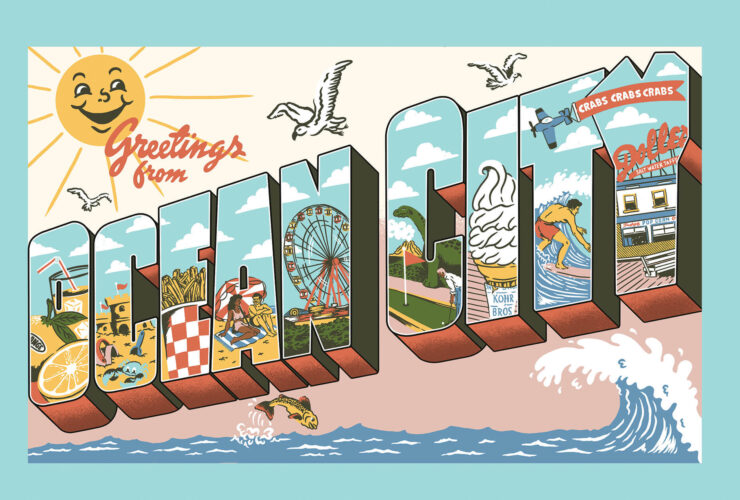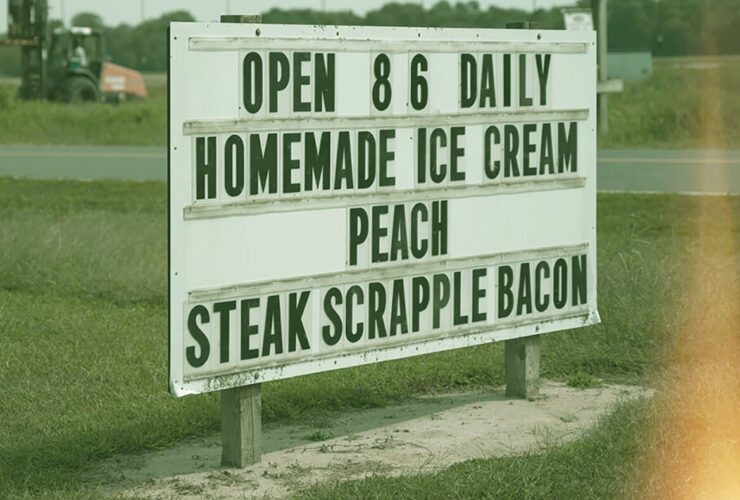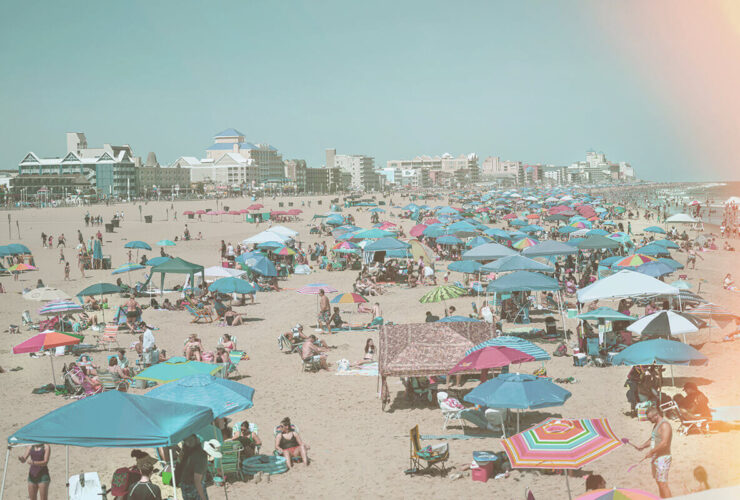
Travel & Outdoor
Winter Wonderland: Your Guide to Getting Outside in Baltimore During the Colder Months
The best places to ski, skate, sled, hike, plunge, and more this season.
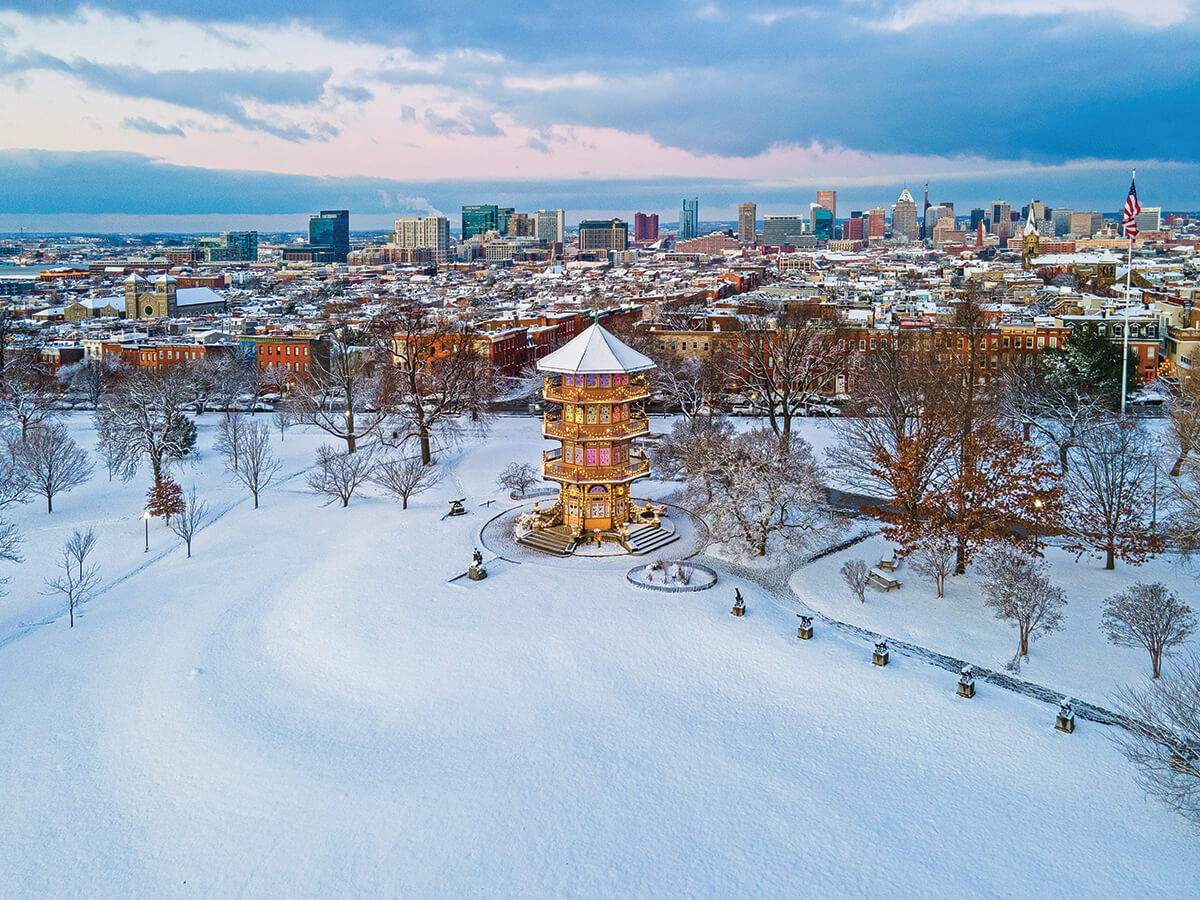
By Ron Cassie

Recalling the “Maryland Alps”
Garrett County’s mountains and the first ski race south of the Mason-Dixon Line inspired a winter sports tradition in the state.
On the heels of a picturesque February 1941 snowfall, 200 of the region’s top winter athletes strapped on their hickory skis and flashed down Western Maryland’s Allegheny Mountains at the first-ever championship races south of the Mason-Dixon Line. Events included a winding, 3,300-foot downhill run, a sharp, flag-marked slalom, and a four-mile cross-country competition.
Following an 8-inch carpeting of fresh powder a day before the event, one official reported, “The conditions couldn’t possibly be better.”
Representatives of clubs from Philadelphia, Pittsburgh, Cleveland, and Western Maryland competed, as well as a pair of Baltimoreans with New England and European racing experience—including one of the co-founders of the two-month-old Baltimore Ski Club.
The most memorable competitor, however, may have been a young female skier from the Norwegian embassy in Washington, D.C. “I can still remember her,” one of the local foresters wrote years later in a memoir. “She was tall and had a white ski outfit. She looked beautiful in that outfit. She made it down the slope in 52 seconds!”
A second round of downhill and slalom races at the New Germany Recreation Center was held for novices. Over the weekend, an estimated 1,000 people turned out, many toting not just skis, but toboggans and sleds. The first Alpine ski event at the Winter Olympics had only been introduced a few years earlier—at the Austrian Games in 1936. (In fact, skiing was so new to the U.S. that there was debate over the American pronunciation of the sport: the German way, “sheing,” versus the Norwegian pronunciation, which was “skiing.”) Competitors and visitors stayed on-site at the barracks and cabins first constructed by the Civil Conservation Corps; other lodged with local farmers, who stocked up with sausage, pancake flour, and then-famous Garrett County maple syrup, and opened concessions as well.
Forgotten now, the ski area at what ultimately became Savage River State Forest and New Germany State Park was known as “the Maryland Alps” for its plethora of winter activities in the 1940s and 1950s.
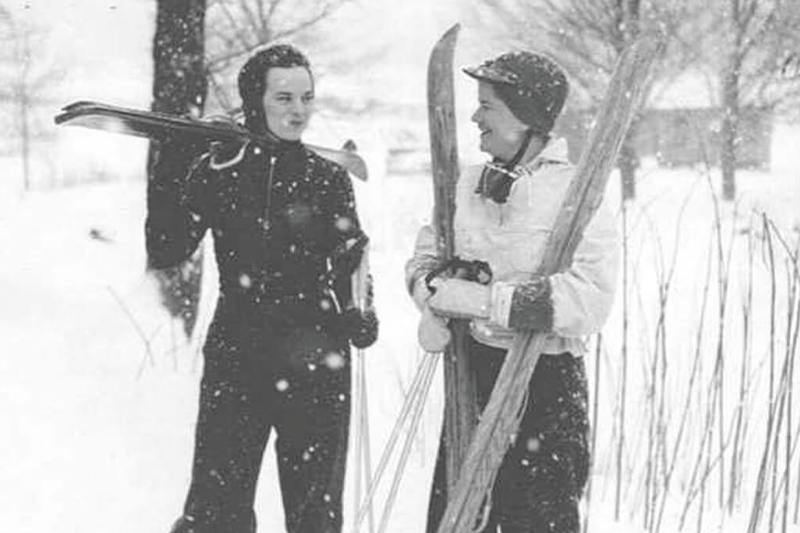
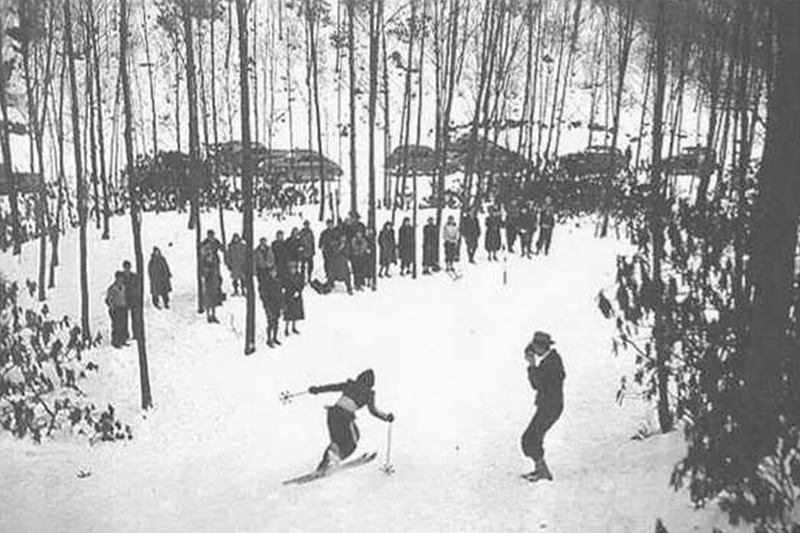
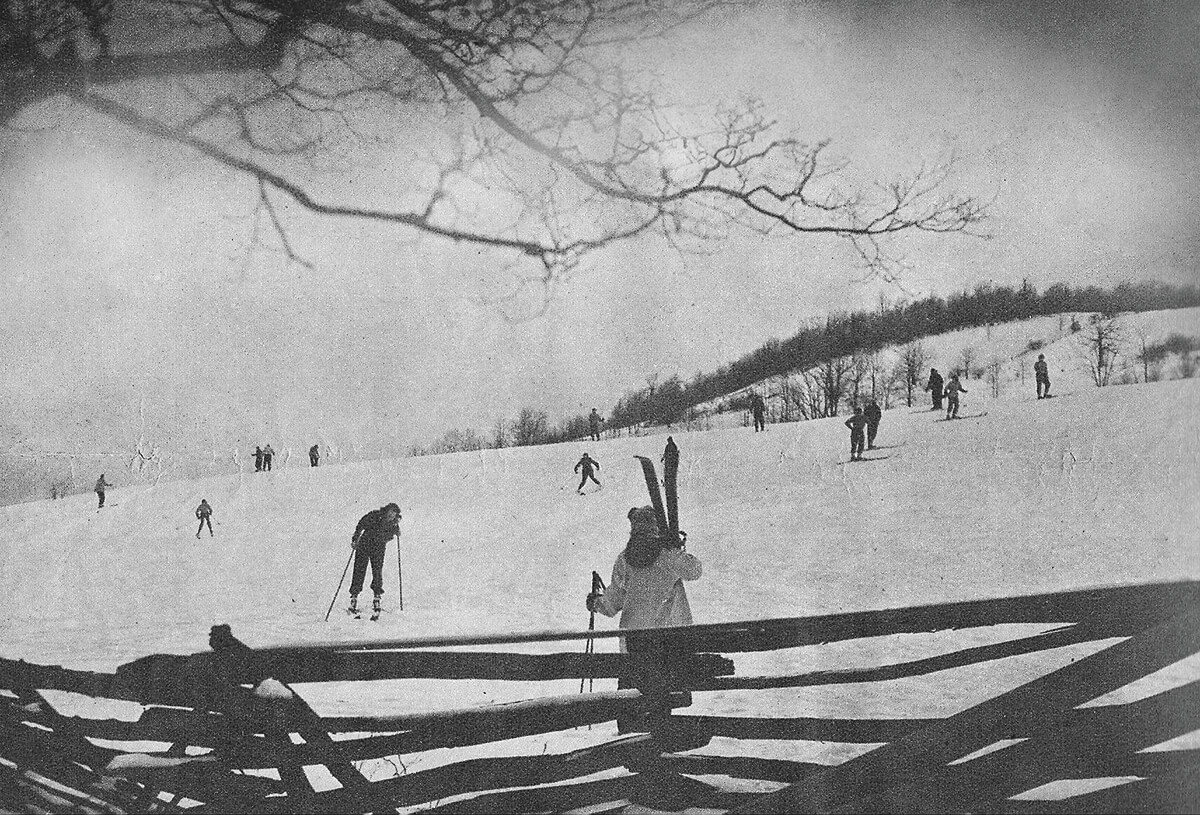
Above: The first
ski event south of
the Mason-Dixon
Line was held in
present-day New
Germany State Park. MARYLAND ALPS: COURTESY OF SPRINGS (PA.) HISTORICAL SOCIETY (2); COURTESY OF MARYLAND DEPARTMENT OF NATURAL RESOURCES
The skiing boom coincided with the stewardship of Maryland’s legendary first state forester, Fred Besley, who thought winter recreational opportunities could boost both environmental protection efforts and the local economy. Over his tenure from 1906-1942, the amount of state park and forest land grew from literally zero to more than 100,000 acres. By the time the New Germany ski slopes opened, Garrett County was home to roughly half of the state’s publicly held lands.
The first ski slope, the curving, pitched Whiskey Hollow trail, was built in 1939. That was followed by the four-mile cross-country course, along nearby Meadow Mountain—with the resort at New Germany opening in January 1940.
“Father believed that forests should not only be conserved, but that they should be used,” Besley’s daughter, Helen Besley Overington, told former Green Ridge State Forest manager Francis “Champ” Zumbrun, who documented the state’s early skiing history for the Department of Natural Resources. “[He] was very interested in getting the public to use the land...[he] thought this would bring more public support for conservation.”
This was before the advent of fiberglass, aluminum, and carbon fiber skis—or chair lifts. In those days, Western Marylanders generally required a carpenter to cut, bend, and sand down boards of hickory or ash and attach leather bindings. The first rope tow to get skiers up the mountain at New Germany was powered by a 1935 Dodge pick-up.
“Father believed that forests should not only be conserved, but that they should be used.”
Ironically, by 1960, growing interest in skiing—and a new road cutting through the state land—led to the demise of New Germany’s downhill slopes. At nearby Deep Creek Lake, the still-thriving Wisp Resort opened for the 1955-1956 season. The same year, another resort, on the site that became Canaan Valley Ski Resort, attracted skiers across the state line to Davis, West Virginia.
The legacy of the New Germany resort and that first race 83 years ago survives at Wisp and Canaan Valley, but also at Savage River State Forest, which offers backcountry skiing, snowshoe, and snowmobile trails. And at New Germany State Park. There may not be downhill skiing there anymore, but the original 4-mile cross-country trail has been expanded into a 12-mile network, with ski and snowshoe rentals available.
Today, visitors often call New Germany State Park, tucked between Big Savage Mountain and Meadow Mountain and the eastern Continental Divide, the area’s “best kept secret.”
For Baltimoreans, who have not seen much snow in recent years, rest assured, Garrett County still gets its fair share. Most of the county receives between 60 and 80 inches per year, with communities at higher elevations averaging more than 100 inches annually. Alleghany County, to the east, averages between 32 and 36 inches, and state parks in Western Maryland receive cross-country skiers, snowshoers, and sledders each year.
It’s with that in mind, but also with the Old Farmers’ Almanac predicting a snowy and colder winter ahead for Maryland, that we present outdoor activities for those, like us, who need to get outside—particularly during the winter months when opportunities for fresh air and sunlight become more elusive.




